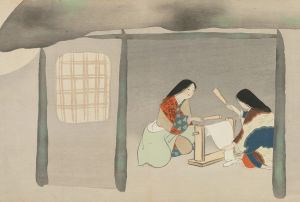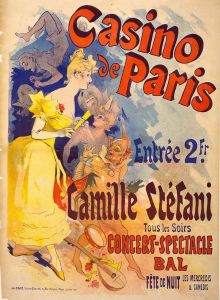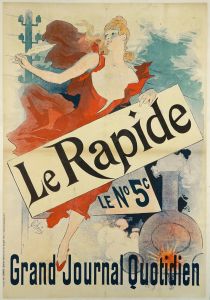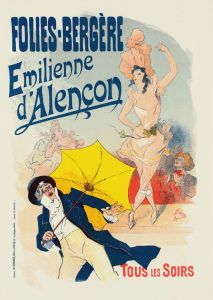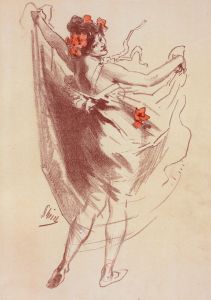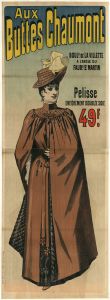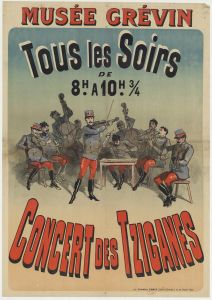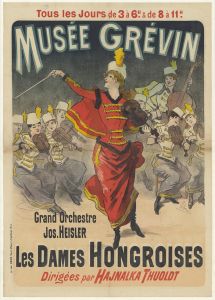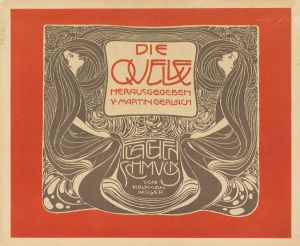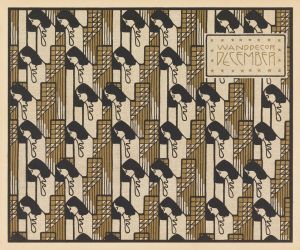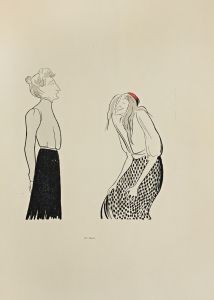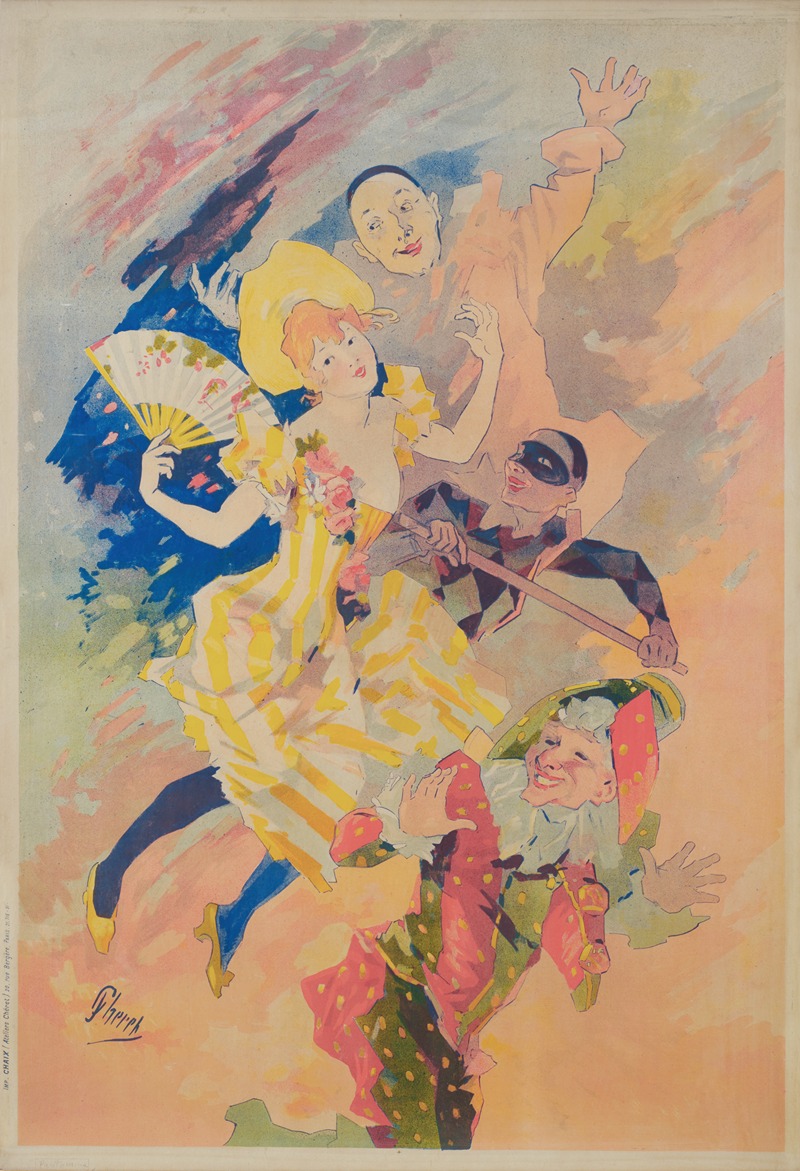
Pantomime
A hand-painted replica of Jules Chéret’s masterpiece Pantomime, meticulously crafted by professional artists to capture the true essence of the original. Each piece is created with museum-quality canvas and rare mineral pigments, carefully painted by experienced artists with delicate brushstrokes and rich, layered colors to perfectly recreate the texture of the original artwork. Unlike machine-printed reproductions, this hand-painted version brings the painting to life, infused with the artist’s emotions and skill in every stroke. Whether for personal collection or home decoration, it instantly elevates the artistic atmosphere of any space.
"Pantomime" is a vibrant and dynamic lithograph created by the French artist Jules Chéret in 1890. Chéret, often referred to as the "father of the modern poster," was a pivotal figure in the development of poster art during the Belle Époque period in France. His innovative techniques and artistic vision helped elevate the status of posters from mere advertisements to celebrated works of art.
The lithograph "Pantomime" exemplifies Chéret's distinctive style, characterized by its lively composition, bold colors, and fluid lines. The artwork captures the essence of the theatrical and entertainment culture of late 19th-century Paris. It depicts a scene from a pantomime performance, a popular form of theatrical entertainment that combines music, dance, and mime to tell a story without spoken dialogue.
In "Pantomime," Chéret employs his signature use of vibrant colors and dynamic movement to bring the scene to life. The central figure, likely a performer, is adorned in a flamboyant costume, complete with a flowing dress and elaborate headpiece. Surrounding the performer are other characters, each contributing to the sense of motion and excitement that permeates the scene. The background is filled with decorative elements and patterns that enhance the overall sense of festivity and celebration.
Chéret's mastery of lithography is evident in the intricate details and the smooth gradations of color that he achieves in "Pantomime." His ability to blend fine art with commercial appeal made his posters highly sought after and influential in the world of advertising. Chéret's work not only promoted theatrical productions and other events but also played a significant role in shaping the visual culture of the time.
The impact of Chéret's work extended beyond the realm of posters. He inspired a generation of artists and designers, including the likes of Henri de Toulouse-Lautrec and Alphonse Mucha, who would go on to further develop the art of the poster. Chéret's contributions to the field were recognized during his lifetime, and he was awarded the Légion d'Honneur in 1890, the same year "Pantomime" was created.
Today, "Pantomime" and other works by Jules Chéret are celebrated for their artistic and historical significance. They are held in various museum collections around the world, including the Musée des Arts Décoratifs in Paris and the Museum of Modern Art in New York. Chéret's posters continue to be studied and admired for their innovative approach to graphic design and their ability to capture the spirit of an era.
In summary, "Pantomime" by Jules Chéret is a quintessential example of the artist's pioneering work in the field of poster art. Through his use of vibrant colors, dynamic compositions, and masterful lithographic techniques, Chéret created a piece that not only advertised a theatrical performance but also encapsulated the lively and celebratory atmosphere of Belle Époque Paris.





